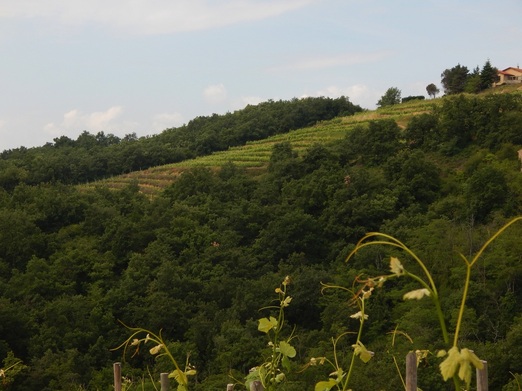 Crozes-Hermitage vineyards of Domaine Michelas Saint Jemms Crozes-Hermitage vineyards of Domaine Michelas Saint Jemms We headed north on the A7 Autoroute, leaving the ‘galet' filled vineyards of Chateauneuf-du-Pape behind us. Ahead, lay the towns of Orange and Montêlimar. The expansive vineyards of the south gave way to orchards and countryside. As we approached the village of Valence the terrain changed. The steep, terraced, hillside vineyards told us we had reached our destination - and the holy grail of Syrah - the Northern Rhone. Our destination was the town of Mercurol not far from Tain’Hermitage. We pulled into the drive of Domaine Michelas Saint Jemms, a smaller family owned and run establishment and everyone, including the winery dog Tina, were there to greet us. What makes Michelas Saint Jemm unique is that they produce wines from not just one AOC of the Rhone Valley, but several: Cornas, St.Joseph, Crozes-Hermitage and Hermitage. They are also one of the the oldest privately operated wineries in the area and the oldest family owned winery in Crozes-Hermitage. And this is truly a family affair. The property itself goes back to 1861 but wasn’t really developed until 1961 when Robert and Yvette Michelas took charge. Today, three sisters, Sylvie, Florence, and Corine, work alongside brother Sebastien and other family members, oversee the 50 hectares (just over 123 acres) of vineyards and production of 150,000 bottles (12,500 cases). Of course, the prize AOC is Hermitage - a region known to every lover and collector of French wines. The parcels (three noncontiquous parcels total 1/2 hectare/ 1.23 acres) were acquired years ago when a family friend, unable to keep the land in his family’s hands, asked Robert Michelas if he would be interested in purchasing the vineyards. Knowing that opportunities to purchase these scarce and highly prized blocks were few and far between, he jumped at the chance and the rest is Michelas Saint Jemms history!
We were soon loading into the vineyard vehicles and heading away from the winery and through the countryside. We climbed higher and higher into the hills of Crozes-Hermitage, past crumbling castle ruins and row upon row of flowering grape vines. 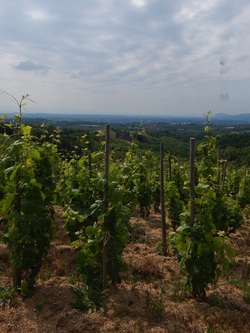 Horses-not tractors- are used in these steep vineyards Horses-not tractors- are used in these steep vineyards As we soaked in the wonderful vistas, Sylvie explained that, in 1973, Michelas Saint Jemms become an independent winery (rather than being associated with the local co-operative). Sébastien, who is in charge of all the vineyards, set about improving the quality of the fruit and several years ago, they qualified for the new H.V. E. certification. Haute Valeurs Environnmental (High Environmental Vaules) is a newer certification that emphasizes working in harmony with nature. Biodiversity is encouraged “ If there are trees, leave them. If there are grasses, leave them - don’t cut.” said Sylvie. “Birds and animals are welcome!”. We sampled several wines in this gorgeous setting including the 2012 Crozes-Hermitage Blanc, a blend of 60% Roussanne and 40% Marsanne, half of which is oak aged with the balance in stainless.Soft toast on the nose but it’s all about minerals and fruit on the palate with acacia and a touch of marzipan. Sorry to say that this wine, as well as the refreshingly fruity and fresh Crozes-Hermiage Fleur de Syrahne that we sampled next, are not available in the U.S., which I personally feel is a shame as they are delicious and both very food compatible and would be appreciated by the North American palate. Luckily, the 2011 Crozes-Hermitage ‘Signature’ Rouge is! With fruit grown on chalky-clay soils, this is an aromatic Syrah. Fresh black fruit aromas are both fruity and meaty making this a versatile sipper or dinner companion. At at suggested retail of $25 USD it is a wonderful introduction to the signature grape of the Northern Rhone. It was now lunch time. In France, this a ‘sacred’ part of the day - a time to stop and recharge with food, family, and, naturally, some wine. We were very fortunate to be invited to share this time with the family (including Tina and Emmi the cat) and soon discovered they had prepared a veritable feast of traditional fare reflecting their Drome and Ardeche regional roots.
It was now time for the next course - a local specialty of the pre-Alps region of Grenobles - Ravioles du Dauphiné. These tiny little pockets of pasta are filled with cheese, herbs and cream. Sylvie served these in wonderful ceramic dishes which, as with the other artisan table wares, were produced ‘just down the road’. Although our ravioles were topped with local Extra Virgin Olive Oil and fresh basil from the garden, we were told they were also delicious baked in a gratin with courgettes (zucchini). I can only imagine! The next selection of wines, are, I’m sorry to say, not available in the United States but would give any wine lover an excellent excuse to visit the winery! Under the ‘Terres d’Arce’ label, Michelas Saint Jemms bottles all four AOC - Crozes-Hermitage, Saint Joseph, Cornas and Hermitage and are the only independent producer to do so. These are their ‘prestige’ bottlings - what an New World winery might call their ‘Reserve’ tier, showing the distinctive character of each terroir and its interpretation of the Syrah grape. These wines consistently score highly in such respected publications as the ‘Hachette Wine Guide’ and the ‘Gilbert & Gaillard' wine magazine, not to mention Robert Parker’s ‘Wine Advocate’. We were thrilled to try all the offerings, including the Hermitage (of which they only produce 600 bottles!) and tried our best to convince everyone, especially Sales Manager Laurent Gomez, that they should make these Rhone treasures available stateside! No French meal is complete without ‘a little something’. A large dish of exquisite local peaches and apricots appeared (Hermitage is equally famous for the delectable stone fruit, it seems) plus a big platter of ripe red cherries. Another regional delicacy appeared on the table. A large, round yeast bread, ‘Pogne de Romans’ which, translated from Old French, means ‘by hands’. Similar to a brioche, these are made for special occasions and holidays and are lightly scented with orange blossom water. This particular pogne came from an old and revered bakery, L. Ronjat in the village of Saint Donat sur l’Herbasse, where they have baking since the 18th century. Too soon, it was time for the family to return to the wines and for us to get back on the Autoroute. It had been an extraordinary day, filled with the wonderful ‘connections’ that only wine can make. We felt so blessed to share in the traditions of the region and now, whenever I think of the Northern Rhone Valley I smile, remembering the day, their gracious hospitality and wines made with true love, respect, passion and joie de vivre.
Epilogue: As I was writing this post, I received a message from Jeanne. She was preparing to go and help out with the Syrah harvest in the Cornas vineyards of Domaine Michelas Saint Jemms. “Pictures, please!” I requested. How fitting that we can now see, full circle the literal ‘fruits’ of their efforts and the continuation of Vendage 2014. All photos below courtesy of Jeanne Peron, Benson Marketing who was kind enough to arrange this visit. Merci!
0 Comments
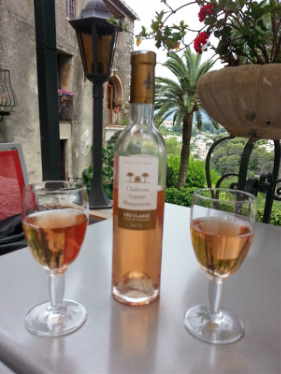 Did you know there are Grand Cru Rosés? Did you know there are Grand Cru Rosés? If you are familiar with some of my blog posts, follow me on Facebook or Twitter, than you most likely know that I adore France and, in particular, French Rosé. After spending the weekend at the Wine Bloggers Conference, I returned home with an idea - to create a website and blog devoted entire to Rosé. Not just the wines, but everything about them - their history, who makes them, where they make them and how, what foods pair well and where can you travel to taste them. I am pleased to introduce "The Rosé Rules". There's not much content at the moment - she's only a few hours old - but there will be soon. I invite you to stop by and visit and please feel free to tell me what you'd like to know. Cheers! www.theroserules.com 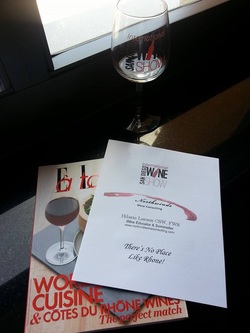 The San Diego International Wine Show was held last weekend, April 26 & 27 in Del Mar, California. I was invited to attend as both a member of the Press and as a presenter. Not quite sure which role was more fun! This was the third year for the event and this time they did, indeed, go international, with wineries and wines from Spain, Italy, Mexico, Portugal, Chile, Argentina and, of course, France. Local representation included Napa, Sonoma, Temecula and San Diego. For those of you who attended my seminar, "There's No Place Like Rhone!" I say thank you and hope you enjoyed such an abbreviated visit to this truly wonderful part of the wine world. Forty-five minutes goes way to fast. If you'd like to know more about the Rhone Valley, please visit my Student Resources page where you'll find all kinds of links and information on the wines and food of the region. I'd also like to thank KK LaFournaise for wrangling me into doing this, Donato Santarsieri, and Live Fit Magazine for their wonderful, live coverage of the event. Check out their YouTube page for a full recap. So, what should my topics be for next year? 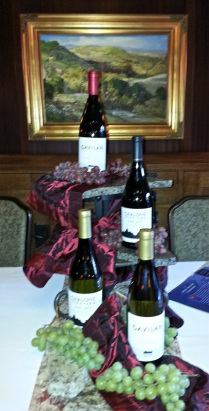 One of the great perks of being involved with the wine industry, in all its many permutations, is the chance to taste and learn on a continual basis. Most of the offerings from wineries, especially larger producers or those affiliated with the more ‘corporate’ establishments, are focused on sales. After all this is the wine ‘business’ and without sales we would all in a sad state. But every now and again an invitation appears for a more ‘educational’ experience and these are the ones that get me excited. Such was the case last month when I attended the “Sommelier Series” event sponsored by Chalone Vineyards. The seminar was held at the stunning Lodge at Torrey Pines in La Jolla, CA. This elegant, craftsman-style resort is home, I’m told, to a legendary golf course but my focus was on the wines! 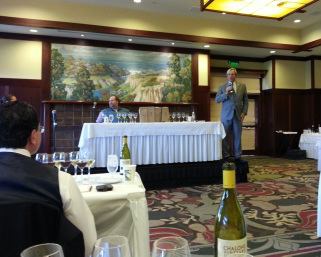 The workshop was conducted by Robert Cook, Winemaker for Chalone and Gilles de Chambure MS with a comparison tasting of several vintages from Chalone Vineyard and wines from Bourgogne. 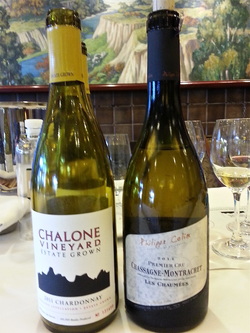 Chalone Vineyards were first planted in 1919 by Frenchman Charles Tamm. It seems he was searching for soil that reminded him of his native Burgundy and found them in this limestone rich terrain in the shadow of Pinnacles National Monument . 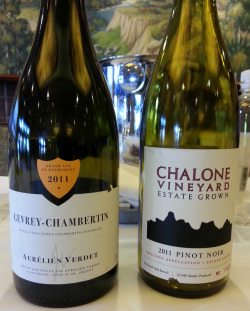 Today, these are the oldest producing vineyards in Monterey County and produce award winning Chardonnay and Pinot Noir, just as Monsieur Tamm had dreamed of! In 1966, under owner/winemaker Dick Graff, Chalone set the standard for California Chardonnay and today, although it is owned by a large corporation (Diageo Chateau & Estate Wines), the wines are still crafted with respect for both the vineyard and the distinctive terroir. These wines certainly held their own when tasted against two delicious vintages from Burgundy and the passion of both gentlemen enhanced the experience. I shall be writing more extensively on the terroir, history and vintages of the Chalone AVA in the near future (more on that to come - stay tuned!). A big “Thank you” to Angela Bortugno and Lauren Watters of Chalone Vineyards for organizing a well orchestrated and classy event. Speaking to the other Sommeliers and educators, it was a terrific experience all around and Chalone should expect quite a few industry visitors in the months ahead. During these hot days of summer, I’m always on the prowl for crisp, refreshing whites and rosés. As I perused the shelves the other day, I came across a distinctively shaped bottle: tall and slender with the cross of Languedoc embossed on the neck.
This special bottle is indicative of the largest white producing area in the Languedoc region of Southern France – Picpoul de Pinet. A ‘Crus’ of the Coteaux de Languedoc, the area is named after the varietal Picpoul Blanc (aka Piquepoul Blanc or “Lip Stinger”) which has grown in these vineyards since at least the 17th century. The 3000 acres of vines are divided into two areas by a famous ancient Roman road called the “Via Domitienne” which, during that era connected the capital of Rome to Spain. Vineyards to the north are limestone, giving the grapes terrific acidity while those to the south lie on more flat, sandy deposits where the heat is tempered by Mediterranean breezes. 2011 La Domitienne Pique Poul, Picpoul de Pinet, Languedoc Bright and lively with aromas of ripe peaches, softly scented white blossoms and sea-spray, the palate shows deep lemon peel and touches of blanched almond all wrapped up with a refreshing saline minerality and bracing acidity. Naturally, the wine would be perfect with seafood and shellfish or perhaps a crisp salad but at our house the wine was paired with music – in vinyl form; Boomtown Rats “A Tonic for the Troops” and Audience “Lunch”. 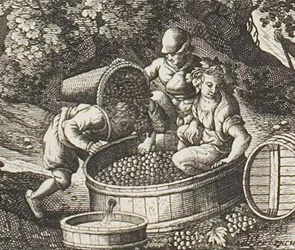 I came upon an interesting article today “Rosé wine, you’ve come a long way” from the Telegraph of London. The writer, Victoria Moore discusses, among other things, how this style of wine generally considered a “swimming pool wine” but has suddenly risen into the strata of “chic”, partly due to the release of Angelina Jolie & Brad Pitts new vintage, “Chateau Miraval". One reason I read the article was because I have been studying for my Master Level Provence Instructor accreditation, so I am obsessive about these things; I dream of the soil types of Provence and the various production methods. Sad, I know, but I do get to sample some fabulous wines as part of my ongoing research and education! The other reason I found this piece from the British media of interest is because the fashion for ‘drinking pink’ is really nothing new at all- in fact, when the area of Provence was first settled, viticulturally speaking, red wines were not really ‘red’ as we think of them. Grapes were processed very quickly after harvest and, as archeologists are verifying, most of the wines of the ancient world had just a little color. As for being ‘chic’, rosé was always the choice of the elite and the well-healed. These pale wines were the favorites of the Russian Imperial Courts and no self respecting aristocrat would drink a deeply hued wine, at least not until near the end of the 19th century. The lighter wines were drunk for pleasure while the poor soldiers and peasants were given “Piquette” made from adding water to the pomace or pressed skins and seeds of the rich-man’s wine. So get ready for the new 2012 vintage and sip some rosé. You’ll be chic, just like the citizens of Provence have been for, oh, about 2600 years! http://www.telegraph.co.uk/foodanddrink/9971135/Rose-wine-youve-come-a-long-way.html?fb Illustration courtesy of the Chrysler Museum of Art "detail from Hendrick van Schoel's 1590 engraving Autumn from The Four Seasons, showing the ancient process of wine-making which made this region so famous. There are times in this life when an opportunity presents itself and one would be a fool to look the other way.
Such an opportunity appeared in my inbox recently - an invitation from the French Wine Society to attend a tasting of Chateauneuf du Pape and Tavel, to be held in Los Angeles. My first reaction was "yes, oui, where do I RSVP' Although I realized would spend more time in my car than at the seminar, I knew that every mile would be worth the experience. It was described as a "Master Class" to be conducted by Kelly McAuliffe, one of the few, if not only, American Sommelier living and working in France. Yes, his credentials and experience are impressive, but his complete and total passion for the soil, the grapes, the winemakers and the wines of this illustrious region is awe-inspiring. In my years spent talking about wine, I know how challenging it can be to keep it fresh and exciting when answering the same question for the zillionth time. Yes, the wines were magical and I will write about them soon, but I would be remiss in not thanking the Society for this terrific day. Merci, Monsieur McAuliffe for reminding me why I love what I do! |
AuthorWine lover, educator and writer. Archives
March 2017
Categories
All
|

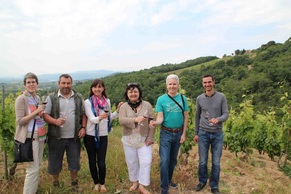
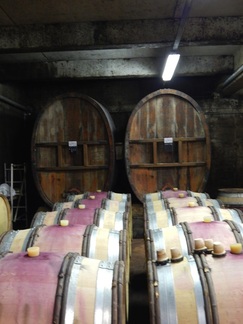
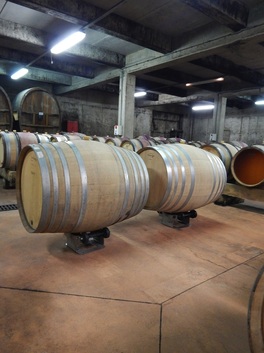
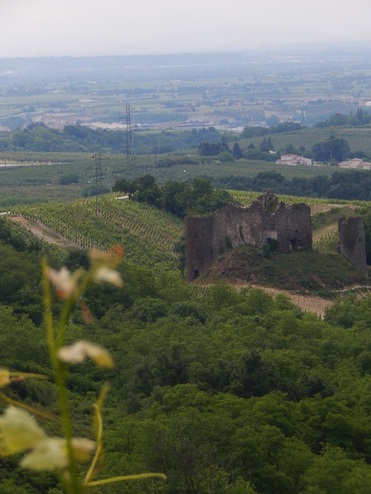
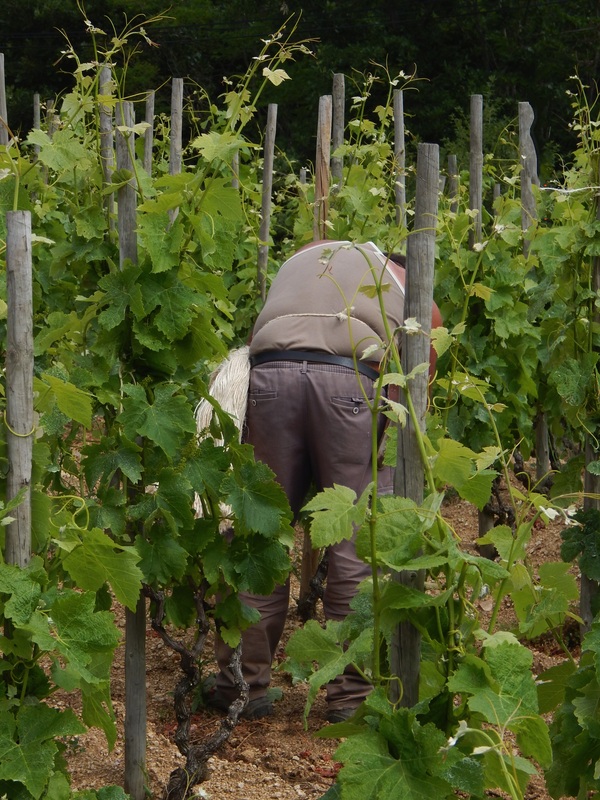
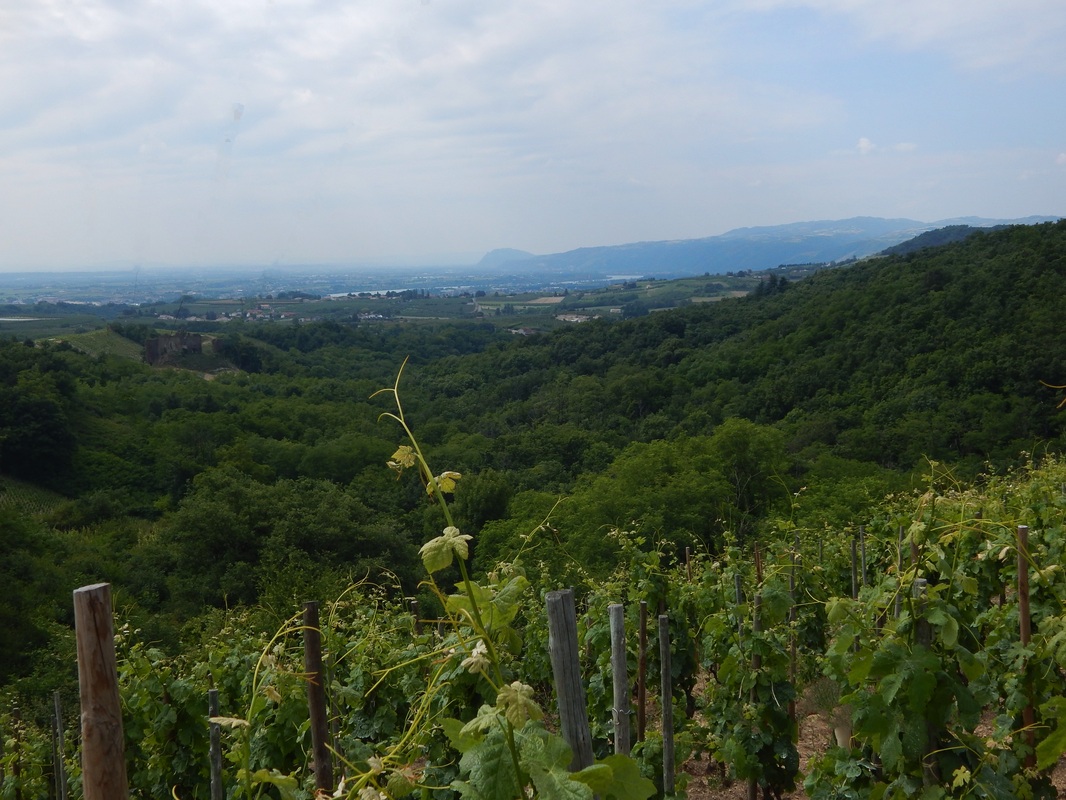
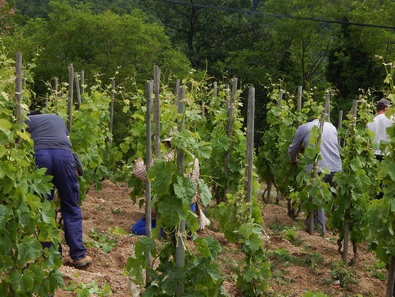
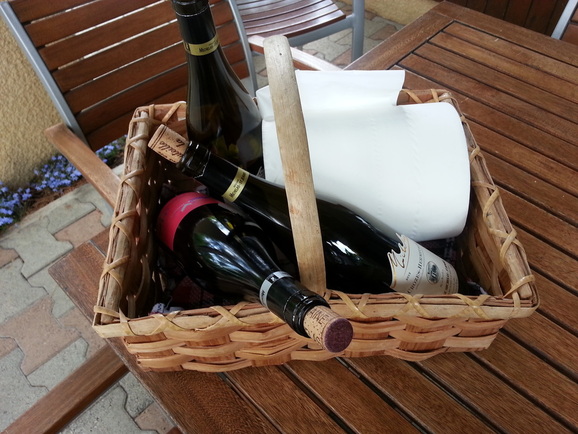
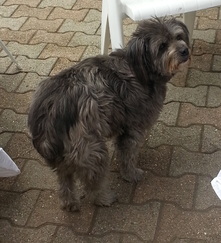
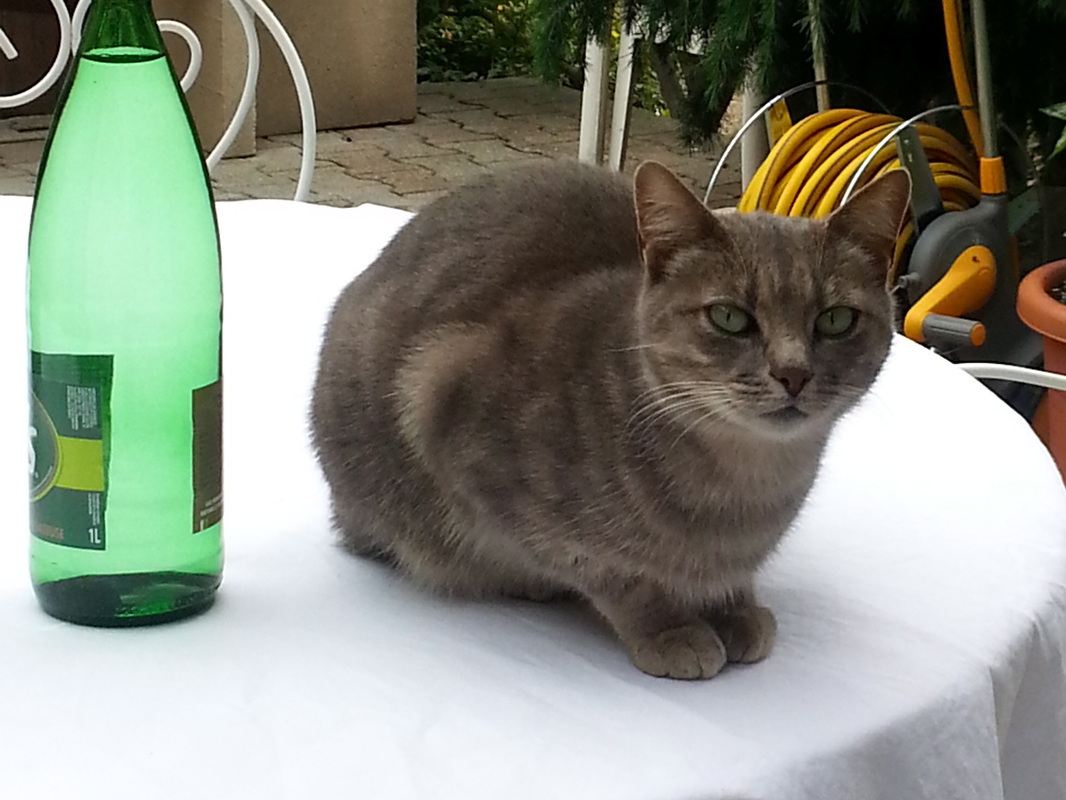
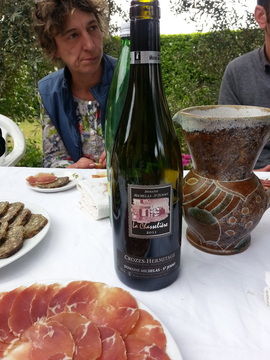
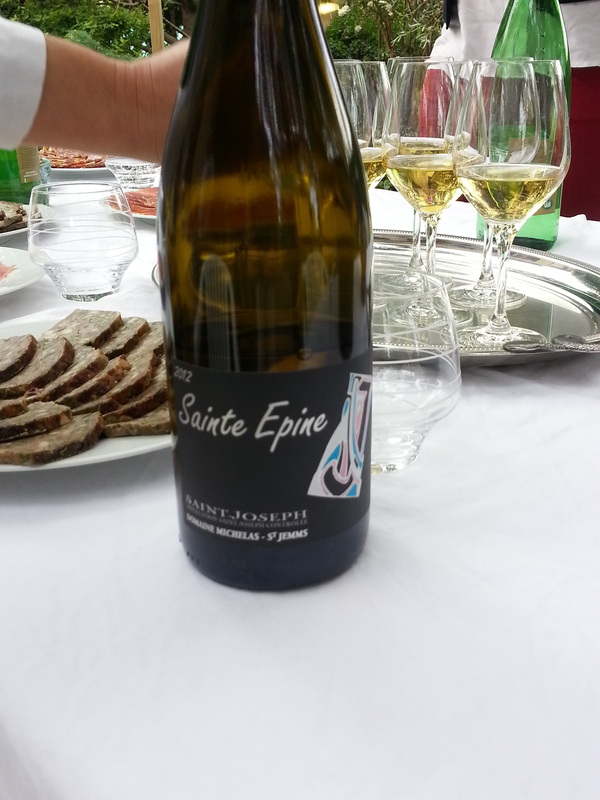
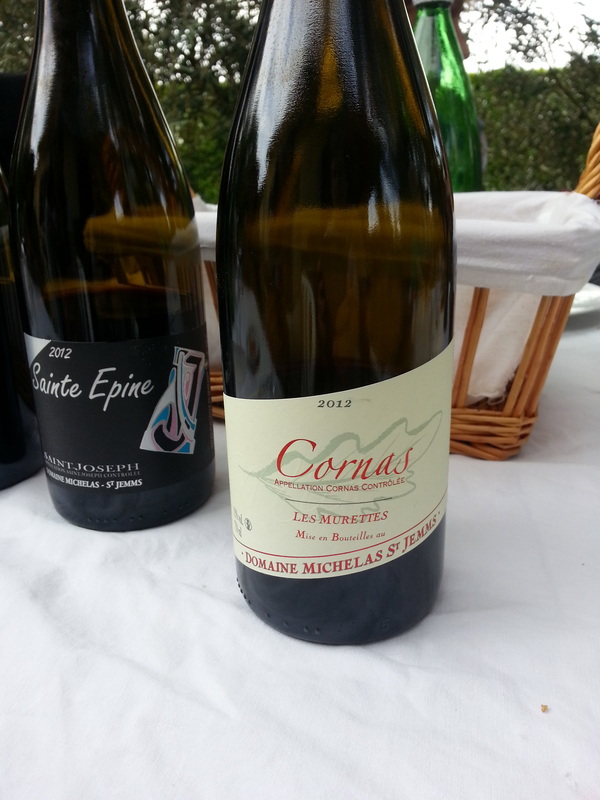
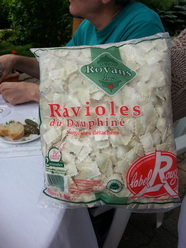
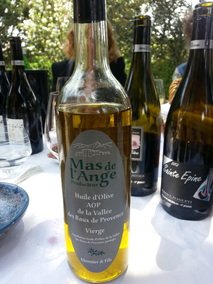
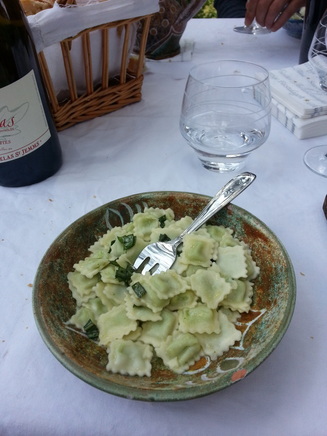
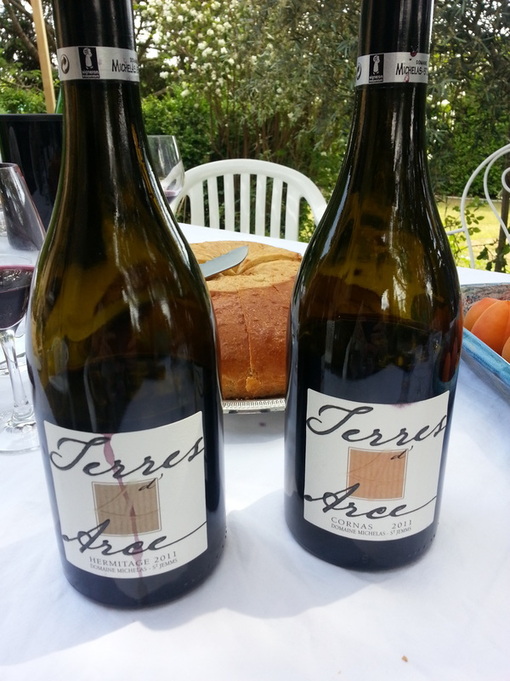
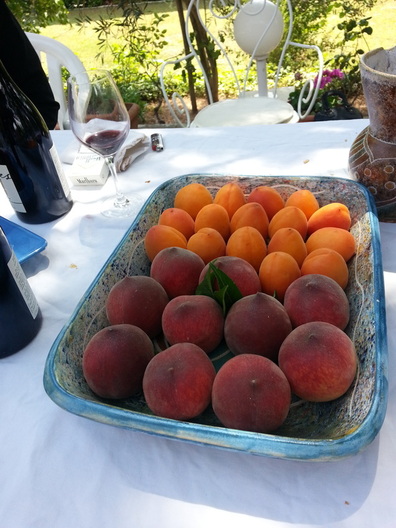
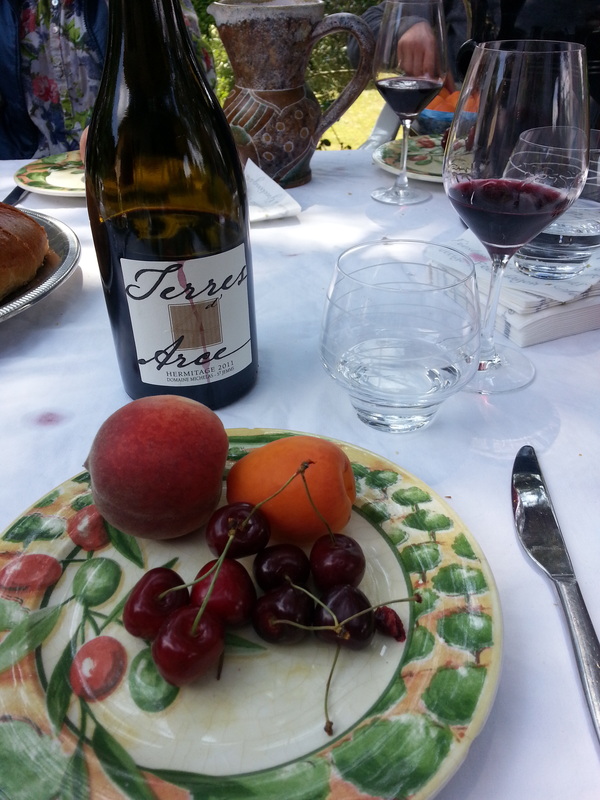
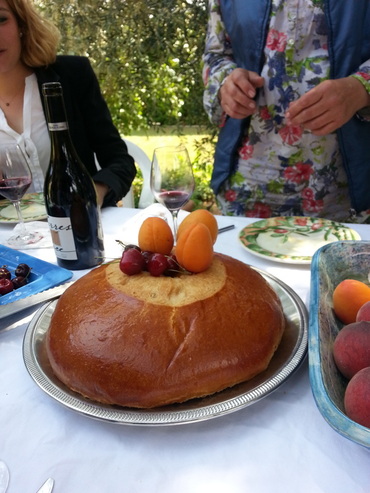
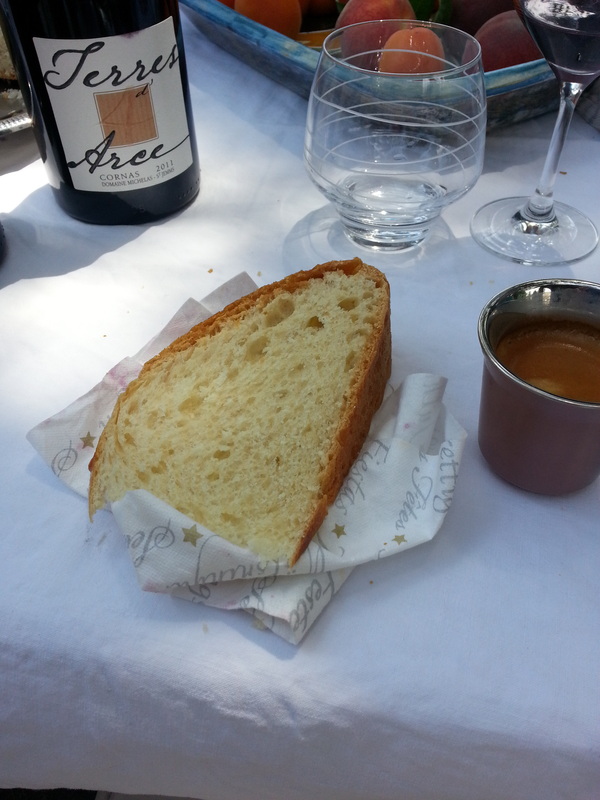
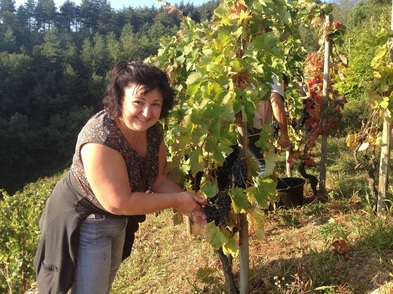
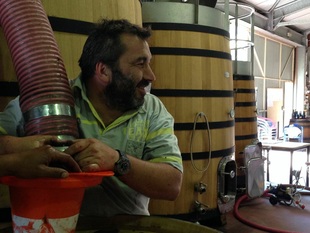
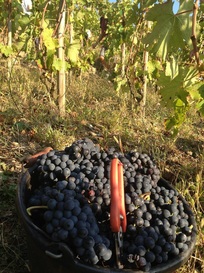
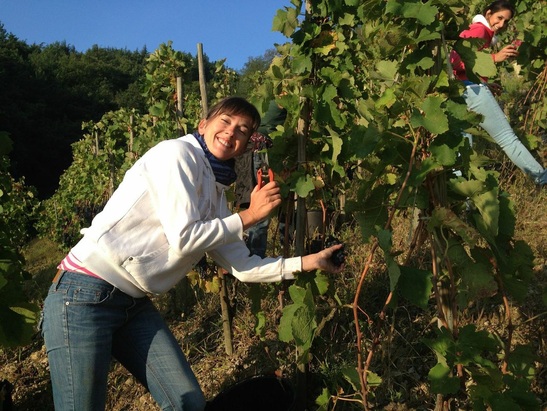
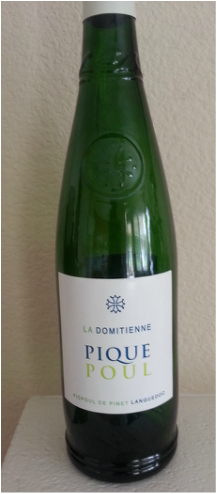
 RSS Feed
RSS Feed

